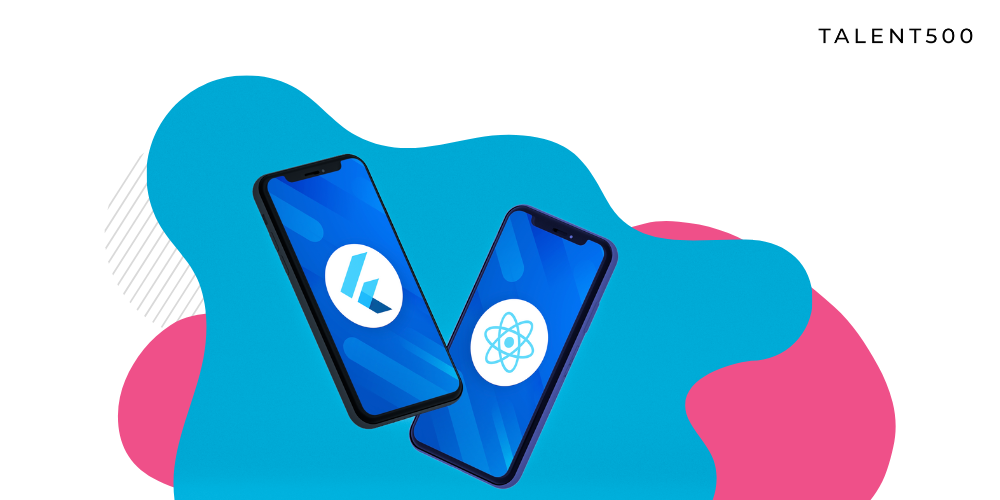Let’s say you’ve built a few web apps and websites. Now you have mastered the basics of HTML, CSS, and JavaScript. Technically, you are not a beginner frontend developer anymore, but also not at a stage where you can be labeled as an intermediate developer.
You might be wondering about what it takes to transition to an intermediate front-end developer role at this junction. We will focus on that in this article– a roadmap to becoming an intermediate developer when you are in a junior developer role.
Let’s get started.
1. Stop being dependent on third-party code
When you start as a beginner frontend developer, you might have used third-party libraries, frameworks, and plug-ins in your projects. There is no harm in using third-party resources in your project, but from a learner’s perspective, they limit your understanding of a project.
The first step towards transitioning into an intermediate frontend developer role is to minimize third-party code use. This will force you to work on creating reusable code blocks and have an in-depth understanding of application elements like APIs, manipulating DOM, and handling requests. This approach will slow down your productivity.
However, the goal here is not to build things faster but to focus on understanding every fundamental building block of front-end development. Before you use any library or plug-in for functionality, try making the same with vanilla code. Once you can build components from scratch, you will find that it is infinitely easier to work on any development project without relying much on assistance from senior developers.
Learn more about becoming a better programmer ASAP.
2. Learn regex
A crucial skill for intermediate frontend developers is regex. To take a mid-level developer job, you have to learn the regex of your language of choice. It is a skill that will open a new world of opportunities such as web scraping, data filtering, data analysis, and many more. Another use of learning regex is that it allows you to write complicated logic for strings. That’s how you can create much more compact string functions.
In web development, regex is commonly used for various applications such as form validation, verifying the format of strings, and data extraction.
The general syntax for a regex expression is something like this:
/<tag(.*?)>|<\/tag>/gi
Here (.*?) it is used to capture a group of strings that will match any content between the tag. The () creates the capture group while ‘.’ is used to match any special character while the * matches the previous character and ? tells *the minimum number of times it should match the characters.
The ability to do things faster is something employers expect from an intermediate front-end developer. Learning regex will allow you to find and change strings and code in any IDE much quicker. There are many resources on the internet to learn the regex , but we recommend Mozilla’s regex cheat sheet.
3. Avoid assuming your way is the only correct way
The only way to future-proof your career as a frontend developer is to keep learning and adopting new technologies and developments as they happen. While it is not a good idea to be distracted by new things all the time, you must keep a close eye on trends and updates in your industry to ensure you are not falling behind the competition.
As a developer, you have to be on the lifelong learning path. It is why you must not be rigid and believe there is only a particular way of doing something. Being open and adaptable is a quality that will make your transition to an intermediate or a senior developer role easier.
There is no ultimate technology in frontend development. Whether it’s JavaScript, PHP, Angular, React, TypeScript, Ruby, or any other programming language, they all have upsides and downsides. If you fall into the trap of believing that your way of doing things is the only correct way, you will ignore a more efficient way of solving problems. This will affect your growth and promotion to a senior level.
4. Be patient, and practice often
It is a common mistake that beginner front-end developers commit. They assume that moving to an intermediate developer role will reduce the workload. As a developer, you will always be tasked with building stuff. The only difference will be how efficiently and quickly you do the same things as you start gaining experience. For instance, a beginner frontend developer working on a massive website will likely use JavaScript frameworks like React and server-side cache scripting to boost the website’s performance. However, an intermediate frontend developer will achieve the same by utilizing a headless CMS to generate static HTML webpages that load instantly.
Programming is not a sprint but a marathon. To become a competent developer, you must accept that the more you know, the more you will realize how little you know. Trying new things and refining your technique is the sure shot at gradually moving to the intermediate developer position.
Conclusion
Intermediate frontend developers are tasked with almost the same assignments as beginner developers, but they have the additional responsibility of being self-driven. To transition from a beginner’s level to an intermediate level, you must practice and develop skills to tackle even more significant problems with minimal supervision.
Talent500 is the platform for Fortune 500 companies and fast-growing start-ups to hire top-notch developers. Sign up here to join our pool of talent.












